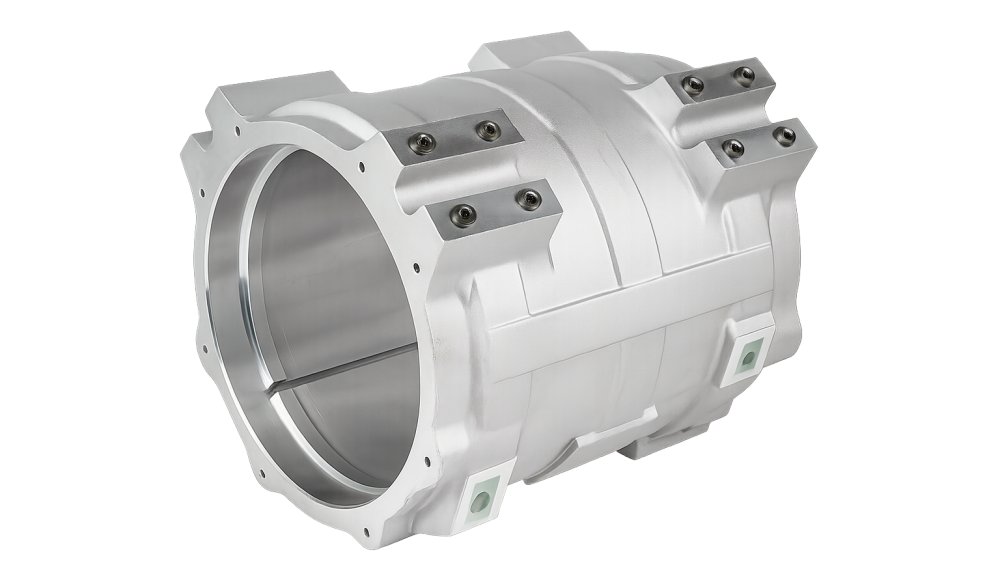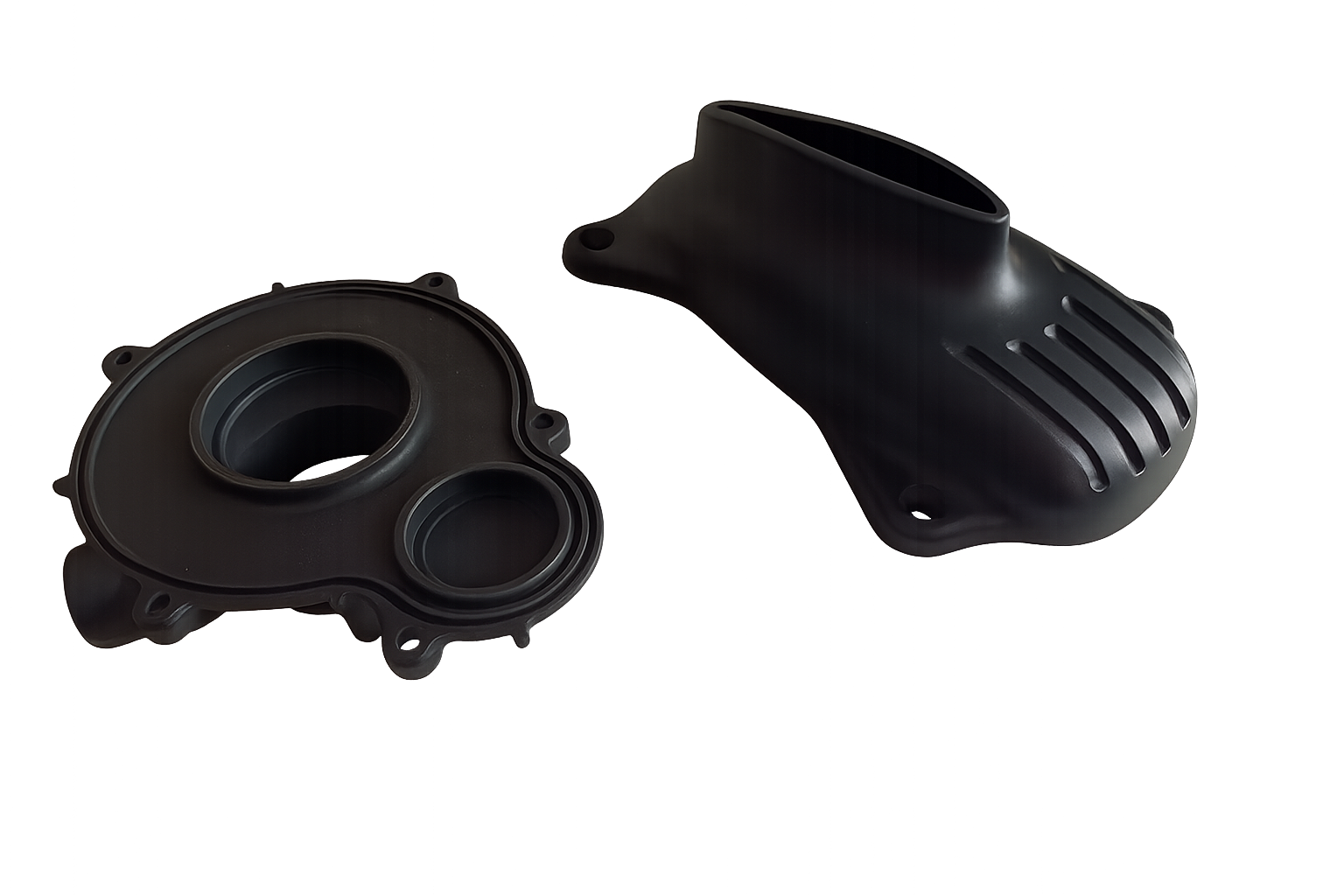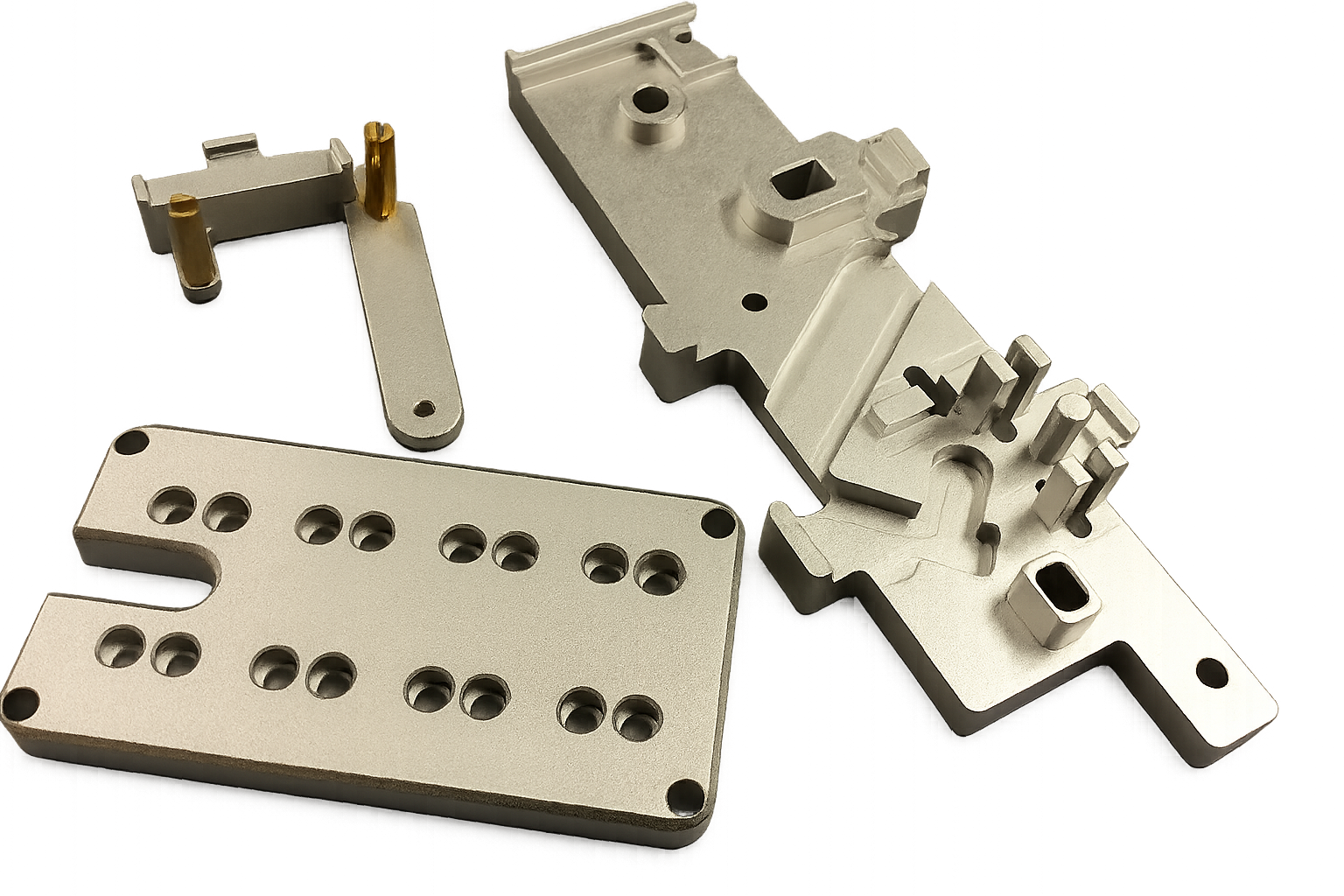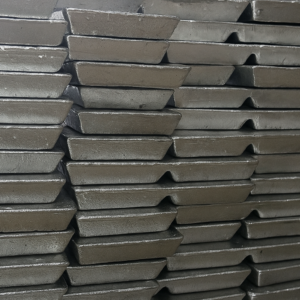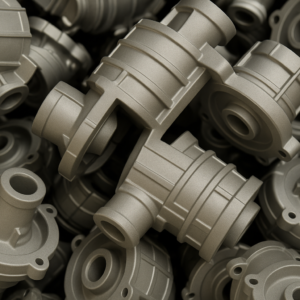يموت الألومنيوم is widely favored due to its lightweight, نسبة القوة إلى الوزن, and ease of manufacturing intricate components. لكن, aluminum’s natural susceptibility to corrosion demands proactive measures to maintain its performance and durability. Implementing effective corrosion resistance strategies ensures long-term reliability of die-cast components in demanding environments.
This guide thoroughly discusses essential techniques to enhance corrosion resistance in aluminum die-cast parts, offering valuable insights to manufacturers, المهندسين, and decision-makers.
Protective Coatings for Corrosion Resistance
Corrosion is a destructive chemical reaction between metal surfaces and environmental factors, leading to deterioration and reduced structural integrity. لمكافحة هذه القضية, manufacturers utilize protective coatings that serve as a barrier, significantly extending the service life of aluminum components.
Key Coating Techniques:
مسحوق الطلاء
Powder coating involves applying dry powder to the aluminum surface and curing it under heat. It creates a durable, زي مُوحد, and aesthetically pleasing finish that resists environmental degradation. Advantages include high chemical resistance, متانة, والمرونة, making it ideal for automotive and outdoor applications.
الكهربائي
Electroplating deposits a thin, protective metallic layer—typically nickel, الكروم, or zinc—onto the aluminum surface through an electrochemical process. This method significantly improves corrosion resistance and enhances wear resistance, الجاذبية الجمالية, والتوصيل, particularly in electronics or automotive applications.
أنودة
Anodizing is an electrochemical treatment creating a controlled oxide layer on aluminum surfaces. This layer provides superior protection against corrosion, كشط, and chemical exposure. It is highly suitable for precision parts, حاويات إلكترونية, and decorative components due to its excellent durability and aesthetic versatility.
Advancements in Protective Coating Technology
Recent advancements include nanocoatings, ceramic-infused coatings, and environmentally friendly formulations. These modern coatings offer exceptional resistance to extreme weather conditions, مواد كيميائية, and abrasion, further enhancing the durability and lifespan of aluminum die-cast parts.
Maintaining the Integrity of Protective Coatings
The effectiveness of protective coatings heavily depends on their integrity. Ensuring coatings remain intact throughout the part’s lifecycle is critical for sustained corrosion resistance.
Factors Affecting Coating Durability:
الظروف البيئية: Moisture, التعرض للأشعة فوق البنفسجية, درجات الحرارة القصوى, and chemical contact can deteriorate coatings.
Manufacturing and Handling: Incorrect manufacturing practices, poor storage, and improper handling can damage protective layers.
Methods to Maintain Coating Integrity:
Proper Handling and Storage: Components should be stored and transported carefully to prevent mechanical damage or scratches.
Regular Inspections and Maintenance: Routine checks for cracks, رقائق, or peeling in coatings are crucial for early detection and remediation, significantly prolonging component life.
Inspection and Testing Methods for Corrosion Resistance
Accurate evaluation of corrosion resistance involves systematic inspection and testing. These methods help manufacturers assess the effectiveness of coatings and identify potential weaknesses early.
Primary Testing Methods:
Environmental Exposure Tests: Components undergo simulated environmental conditions—such as salt spray (ASTM B117), humidity chambers, or cyclic corrosion tests—to predict real-world performance.
Secondary Testing Methods:
Surface Examination: Microscopic inspections identify initial signs of corrosion or coating degradation.
Material Property Evaluations: Mechanical testing assesses strength and durability after exposure, helping gauge the material’s performance under corrosive conditions.
عوامل التأثير:
Component Design: Parts should be designed to avoid water retention points, حواف حادة, and other corrosion-prone features.
Alloy Selection: Choosing aluminum alloys specifically designed for enhanced corrosion resistance is critical.
Surface Treatments: Proper choice and application of coatings can dramatically improve corrosion resistance.
Importance of Choosing Trusted Aluminum Die Casting Manufacturers
Collaborating with reputable aluminum die casting manufacturers is pivotal in achieving optimal corrosion resistance. Experienced manufacturers understand and implement industry best practices, ensuring consistently high-quality outputs.
Professional Standards in Manufacturing
Reputable manufacturers strictly adhere to quality standards (ايزو 9001, فرقة العمل المشتركة بين الوكالات 16949), ensuring parts are produced to exact specifications with minimal defects.
Advantages of High-Quality Aluminum Alloys
Specialized aluminum alloys with additives like silicon, نحاس, الزنك, or magnesium are specifically engineered to resist corrosion, offering superior performance in harsh environments.
Precise and Controlled Manufacturing Processes
Advanced manufacturing processes ensure uniform material properties, minimize porosity, and enhance microstructural integrity, all crucial for maintaining corrosion resistance.
Mold Design and Simulation Techniques
Advanced mold design software and simulation methods reduce defects such as porosity, shrinkage cavities, and inclusions, further boosting corrosion resistance and overall durability of components.
Post-Casting Treatments
Heat Treatments: Methods such as solution heat treatment and aging improve mechanical properties and corrosion resistance.
Surface Treatments: Techniques like anodizing, chromating, and powder coating significantly enhance the protective properties of die-cast aluminum surfaces.
مراقبة الجودة واختبارها
Established manufacturers utilize rigorous quality control protocols, including regular inspections and corrosion resistance testing, ensuring only high-quality, defect-free components reach customers.
Conclusion and Key Takeaways
Improving corrosion resistance in aluminum die casting parts involves proactive strategies at every manufacturing stage—from design and alloy selection to protective coating application and meticulous quality control.
Key Strategies for Enhanced Corrosion Resistance:
Proper Alloy Selection: Use alloys tailored specifically for corrosion resistance.
Protective Coatings and Surface Treatments: Regularly apply and maintain suitable protective layers.
Controlled Manufacturing Processes: Ensure consistent quality and reduced defects through rigorous process control.
Routine Inspection and Maintenance: Regularly inspect and maintain coatings and surfaces to address issues promptly.
Continuous Vigilance:
Corrosion prevention is an ongoing commitment. Manufacturers should continuously monitor environmental factors, adopt new technologies and coating solutions, and remain proactive in implementing preventive strategies.
By following these detailed guidelines, aluminum die-cast components can achieve superior corrosion resistance, ensuring enhanced performance, مصداقية, and longevity in diverse applications.
اقرأ المزيد:
Protective Surface Finishes for Die Casting
Die Casting Mold Design Essentials

